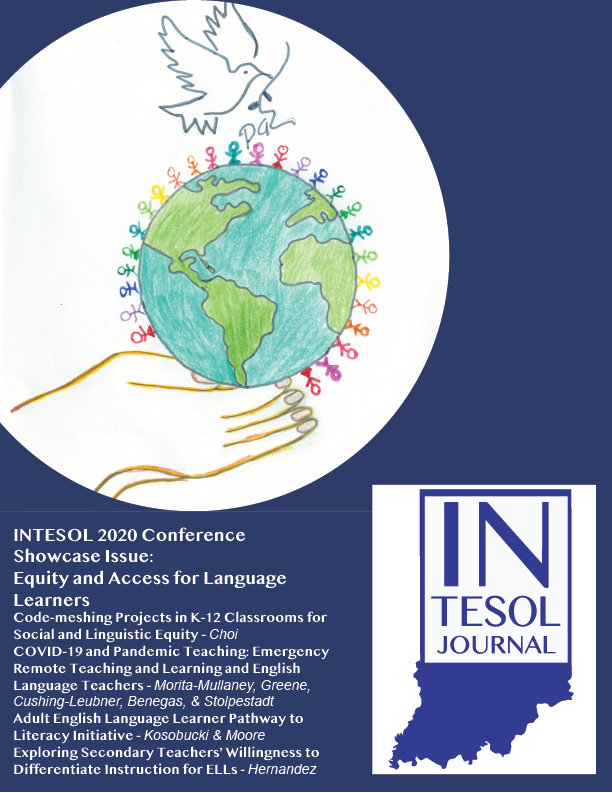Exploring Secondary Teachers’ Willingness to Differentiate Instruction for ELLs
DOI:
https://doi.org/10.18060/25181Keywords:
ELL, ESL, mainstream, K-12, teacher identity, responsibility, self-efficacy, professional development, willingness to differentiateAbstract
The growing English language learner (ELL) population is expanding in the United States from concentrated, urban areas to smaller, rural school districts in which mainstream content teachers provide most instruction for these students (DelliCarpini & Alonso, 2014). Most mainstream content teachers at the secondary level, however, have had little or no training in teaching ELLs and do not currently provide the differentiated instruction necessary for ELLs to be successful (Musanti & Pence, 2010; Rubinstein-Avila & Lee, 2014). Previous research has explored teacher attitudes toward ELLs in mainstream classes and the teacher beliefs related to teacher identity, teacher responsibility, and self-efficacy which all emerge as relevant to teaching ELLs. However, there is no prior research on the association these three factors potentially have with teachers’ willingness to differentiate their instruction for ELLs in mainstream classrooms.
This study explored these three factors of identity, responsibility, and self-efficacy as well as EL training, their relationship to each other, and their potential correlation with a teacher’s willingness to differentiate (WTD) instruction for ELLs in a mainstream classroom. Results indicate that identity and responsibility correlate most with a willingness to differentiate, but self-efficacy, along with several other emergent factors, are also relevant.
Downloads
Published
Issue
Section
License
Copyright (c) 2021 Shoshannah Hernandez

This work is licensed under a Creative Commons Attribution-NonCommercial 4.0 International License.


